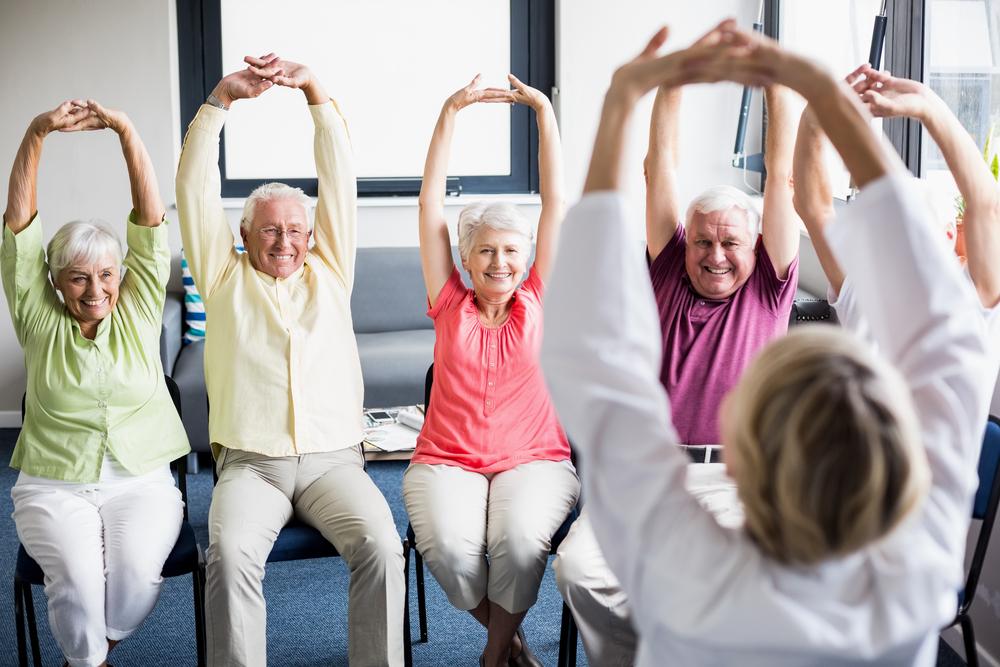We’ve all heard that exercise is good for you. Did you know that it’s as true for older people as it is for any age group? You’re never too old to get moving, get stronger and improve your health.
Fitting exercise and physical activity into your day can enhance your life in so many ways. Regular physical activity can improve your balance and boost or maintain your strength and fitness. It may also improve your mood and help you manage or lessen the impact of conditions like diabetes, heart disease, osteoporosis and depression.





